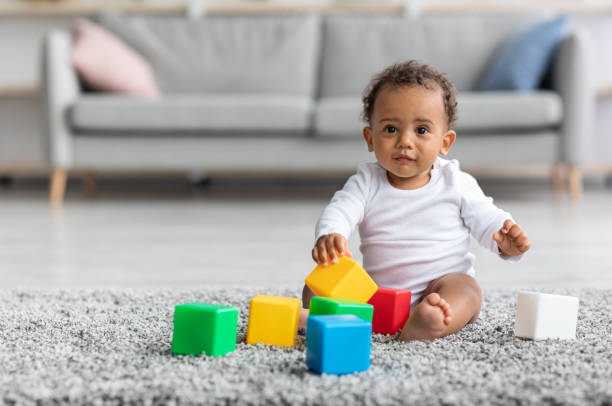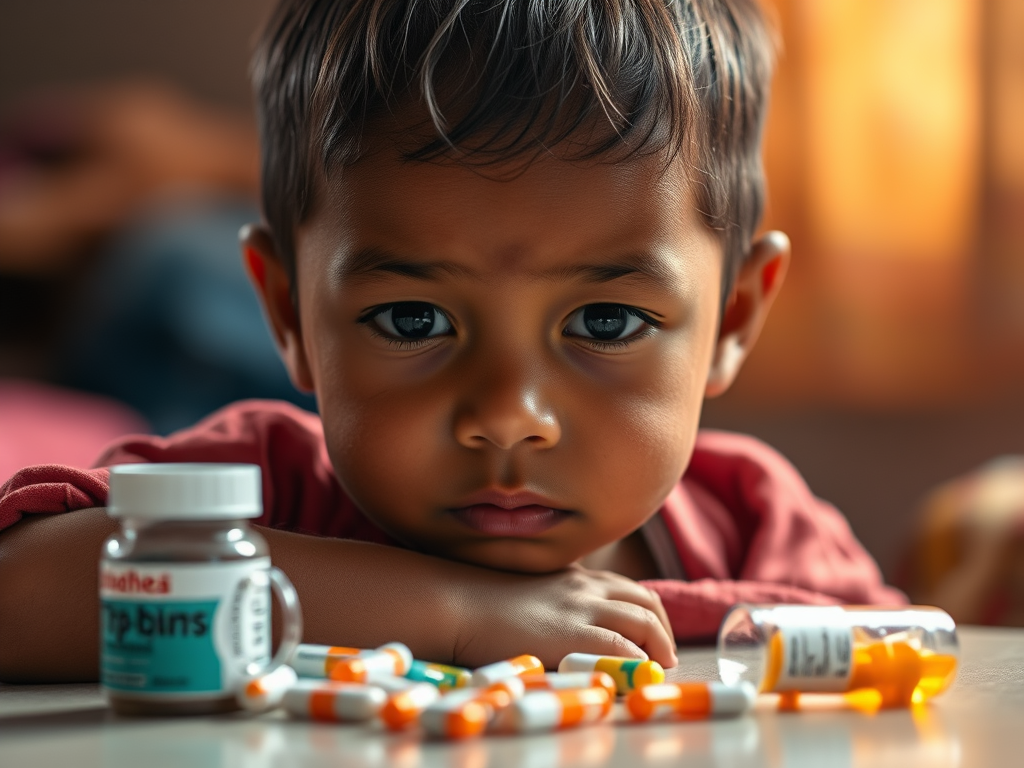By Evans Matthews
Childhood pneumonia remains one of the world’s deadliest infectious diseases for children under five, claiming more young lives than malaria, measles, and HIV/AIDS combined. According to the World Health Organization (WHO), pneumonia kills more than 700,000 children every year. While the burden is highest in low-and-middle-income countries—particularly sub-Saharan Africa and South Asia—it is a truly global concern.
“Every child, no matter where they are born, deserves access to life-saving antibiotics and vaccines,” says Dr. Fatoumata Nafo-Traoré, a renowned public health expert.

The causes of pneumonia are diverse. The most common culprits are Streptococcus pneumoniae and Haemophilus influenzae type b (Hib), while respiratory viruses like influenza and respiratory syncytial virus (RSV) also contribute significantly. Malnutrition, poor sanitation, and exposure to indoor air pollution from cooking with solid fuels remain important risk factors, especially in resource-limited settings.
The good news is that pneumonia is both preventable and treatable. Vaccines against Hib and pneumococcus have drastically reduced incidence in countries with widespread coverage. New maternal immunization strategies targeting RSV are showing promise, potentially offering protection for infants during their most vulnerable early months.
Yet, the story is one of stark inequity. Children in wealthier nations benefit from timely vaccination, better nutrition, and ready access to antibiotics, while millions in poorer regions still die of an illness that can often be treated with a simple dose of amoxicillin. According to UNICEF, “Ending preventable child deaths by 2030 will require innovative partnerships, increased financing, and a focus on equity.”
Pharmaceutical companies are stepping up. Investment into child-friendly formulations—such as dispersible tablets that can be administered without clean water—is making treatments more accessible. Additionally, there is a renewed focus on developing new antibiotics to counter antimicrobial resistance, a growing challenge in pneumonia management.
Global efforts like the integrated Global Action Plan for Pneumonia and Diarrhoea (GAPPD) emphasize a holistic approach: expanding vaccination, promoting exclusive breastfeeding, ensuring timely treatment, and reducing indoor air pollution. Countries like Ethiopia and Bangladesh have demonstrated that integrated community case management can dramatically reduce child mortality rates.

The path forward will demand collaboration. Governments must strengthen health systems, NGOs must continue advocacy, and the pharmaceutical industry must ensure affordability and availability of both vaccines and antibiotics. Parents and communities must also be empowered with knowledge to recognize early symptoms and seek timely care.
“Pneumonia is not just a medical challenge—it is a test of global solidarity,” notes Dr. Tedros Adhanom Ghebreyesus, Director-General of the WHO.
As the world pursues the Sustainable Development Goals, reducing child mortality from pneumonia will be a crucial measure of success. The fight against this disease is not only about saving lives—it is about justice, equity, and the moral imperative of protecting our most vulnerable.





